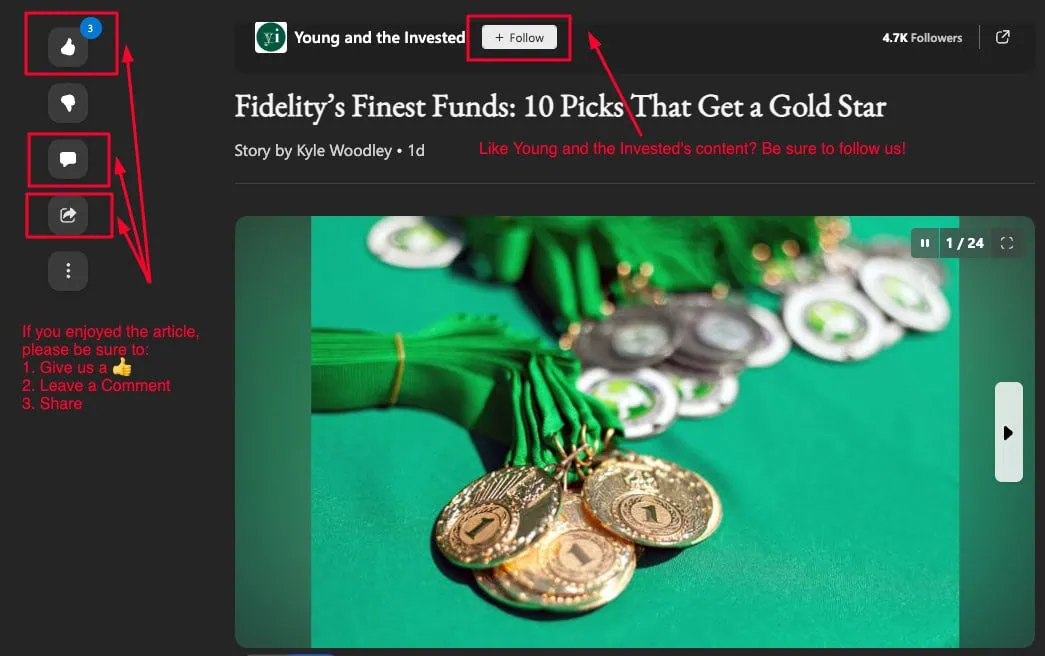Good news for workers who plan on using their 401(k) plan to the max: You will be able to put more money toward retirement in 2026 than you were able to this year.
That’s because the cap on how much you can put in a 401(k) plan is adjusted each year to account for inflation, and that’s pushing up the 401(k) contribution limits for 2026. Better still? Catch-up contributions for older employees are also heading north in the coming year.
Even if you can’t put the full amount in every year, it’s wise to contribute some money to a 401(k) account each year if you have access to this type of retirement plan. You’ll probably need some extra income once you retire, since Social Security alone probably isn’t going to pay all the bills in your golden years. Plus, depending on the type of 401(k) account you have, you can access some terrific tax breaks either now or once you retire.
How much can you contribute to a 401(k) account in 2025, and how much more will you be able to contribute in 2026? Read on to find out.
Featured Financial Products
Tax Benefits of 401(k) Plans

Before jumping into next year’s 401(k) contribution limits, let’s go over a few basic facts about 401(k) plans and how your account is taxed.
A 401(k) plan is a retirement savings plan established by your employer. The employer-sponsored retirement accounts set up under a 401(k) plan can be either a traditional or Roth account, depending on what your company offers. Each type of 401(k) account has its own tax benefits.
The main difference between a traditional 401(k) account and a Roth 401(k) account is when funds in the account are taxed.
Money contributed to your traditional 401(k) account isn’t included in your taxable income for the year. So, you get a tax break right away. Funds in the account then grow on a tax-deferred basis (i.e., you don’t have to pay tax each year on any interest or earnings). However, you eventually have to pay income tax on any withdrawals from the account down the road.
With a Roth 401(k) account, contributions are included in your taxable income. As a result, you owe income tax on the amount you put in the account for the year the contribution is made. But after that, funds in the account grow on a tax-free basis and no income tax is due when you take money out of the account in retirement.
In addition, you might also qualify for a tax credit of up to $1,000 ($2,000 for married couples filing a joint tax return) for putting money into either a traditional or Roth 401(k) account. However, this credit—commonly called the Saver’s Credit—is only available to low- and moderate-income individuals. So, to claim the credit, your federal adjusted gross income must be at or below a certain amount, which is based on your filing status.
YATI Tip: Starting in 2024, required minimum distributions (RMDs) were no longer required for Roth 401(k) accounts.
Related: IRA Contribution Limits for 2026
Early Withdrawal Penalties
There are restrictions on when you can withdraw money from a 401(k) account, and a 10% early withdrawal penalty if you take money out of your account too soon.
With a traditional 401(k) account, you might have to pay the penalty if you withdraw money from the account before you turn 59½ years old. And, with a Roth 401(k) account, you could be hit with the penalty if you withdraw earnings before reaching 59½ years of age.
There are various exceptions to the early withdrawal penalty, though. For instance, you can withdraw funds from a 401(k) plan before you turn 59½ to pay certain medical expenses. You can also avoid the penalty if you lose or leave a job after the year you turn 55 and pull money out of that company’s 401(k) plan. Other exceptions might also apply.
Make Young and the Invested your preferred news source on Google
Simply go to your preferences page and select the ✓ box for Young and the Invested. Once you’ve made this update, you’ll see Young and the Invested show up more often in Google’s “Top Stories” feed, as well as in a dedicated “From Your Sources” section on Google’s search results page.
401(k) Contribution Limits for 2025
The inflation rate has been moderating, but the 401(k) employee contribution limit’s bump from 2025 to 2026 was actually larger than it was from 2024 to 2025.
For 2025, employees under 50 years old can contribute $23,500 to one or more 401(k) plans. That’s an increase of $500 from the $23,000 cap for 2024.
Workers who are at least 50 years old can put an additional $7,500 in their 401(k) plans for 2025—for a total of $31,000. This extra amount is called a “catch-up” contribution, and it remains the same from 2024 ($7,500, for a total of $30,500).
However, there is a change in 2025 that improves catch-up contributions for some employees. Workers ages 60 to 63 actually enjoy a higher limit (the “super catch-up” contribution) of $11,250, for a total of $34,750.
Related: New Tax Brackets for 2026 Are Out [What Tax Rate Will You Pay?]
Cap on Employer Contributions
As an extra benefit, some companies offer an employer match with their 401(k) plan. In other words, in addition to whatever you put in your 401(k) account, the company will also put money in your account.
However, there’s also a cap on the amount an employer can contribute to your 401(k), though that cap will be higher in 2026.
For 2025, employers can contribute up to $46,500 of additional funds to an employee’s account, or a combined total of $70,000 in employee and employer contributions for workers under 50. (The combined total limit is $77,500 for employees age 50 or older who make catch-up contributions, and $81,250 for employees ages 60-63 who make catch-up contributions.)
Note, however, that an employer can’t put in more than a worker’s annual compensation from the company.
Related: How to Retire Without Investing in the Stock Market
401(k) Contribution Limits for 2026
For 2026, employees under 50 years old can contribute $24,500 to one or more 401(k) plans. That’s an increase of $1,000 from 2025.
Workers who are between ages 50 and 59, or 64 and older, can put an additional $8,000 in their 401(k) plans for 2026—for a total of $32,500. The $8,000 catch-up contribution limit is a $500 improvement from 2025.
The super catch-up contribution limit remains $11,250, for a total of $35,750.
Employers’ contribution limit increased by $1,000 to $47,500 of additional funds, good for a combined total of $72,000 in employee and employer contributions for workers under 50. (The combined total limit is $80,000 for employees age 50 or older who make catch-up contributions, and $83,250 for employees ages 60-63 who make catch-up contributions.)
Do you want to get serious about saving and planning for retirement? Sign up for Retire With Riley, Young and the Invested’s free retirement planning newsletter.
Featured Financial Products
What to Do With Your 401(k) Plan After Leaving a Job
These days, few people stay with one company for their entire career. In fact, a lot of people switch jobs every few years. But whenever you do leave a job, there’s often questions about what to do with your old 401(k) account.
When you leave a job, you basically have four options:
- Keep the 401(k) account with your former employer
- Roll over the money in your 401(k) account into a traditional or Roth IRA
- Roll over the money to your new employer’s 401(k) plan
- Cash out your 401(k) and pay any taxes due
Which option is best for you depends on your own situation and goals. In other words, there’s no right way or wrong way … just the best way for you.
However, if at all possible, try to keep your money invested and growing in one way or another. Unless you absolutely need the money right away, cashing out an old 401(k) is often a risky move because you’re probably going to need that money in retirement.
If you’re not sure which option is best for you, consider discussing your options with a financial advisor to determine might be best for your situation.
Want to talk more about your financial goals or concerns? Our services include comprehensive financial planning, investment management, estate planning, taxes, and more! Schedule a call with Riley to discuss what you need, and what we can do for you.
Please Don’t Forget to Like, Follow and Comment

Did you find this article helpful? We’d love to hear your thoughts! Leave a comment with the box on the left-hand side of the screen and share your thoughts.
Also, do you want to stay up-to-date on our latest content?
1. Follow us by clicking the [+ Follow] button above,
2. Subscribe to Retire With Riley, our free weekly retirement planning newsletter, and
3. Give the article a Thumbs Up on the top-left side of the screen.
4. And lastly, if you think this information would benefit your friends and family, don’t hesitate to share it with them!






